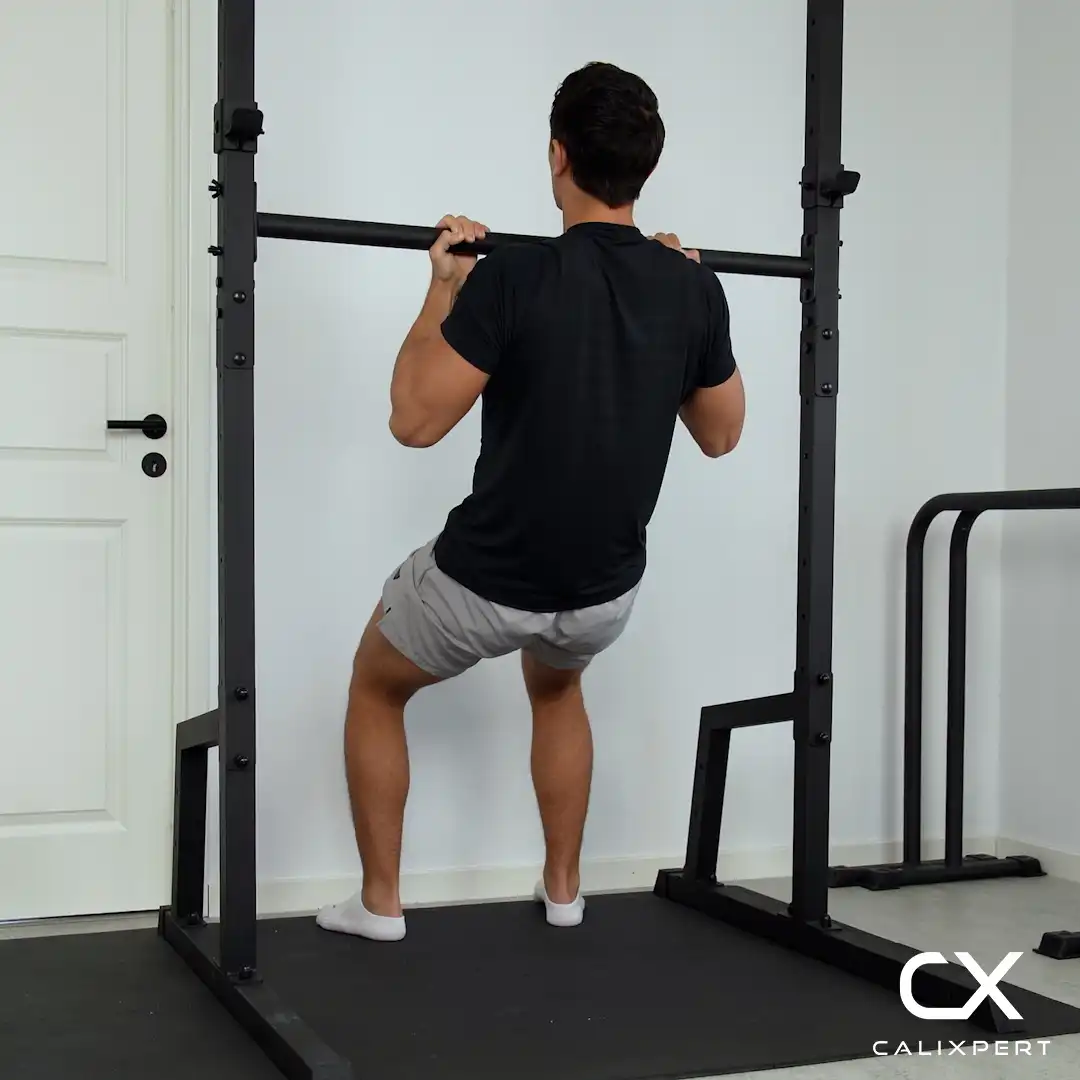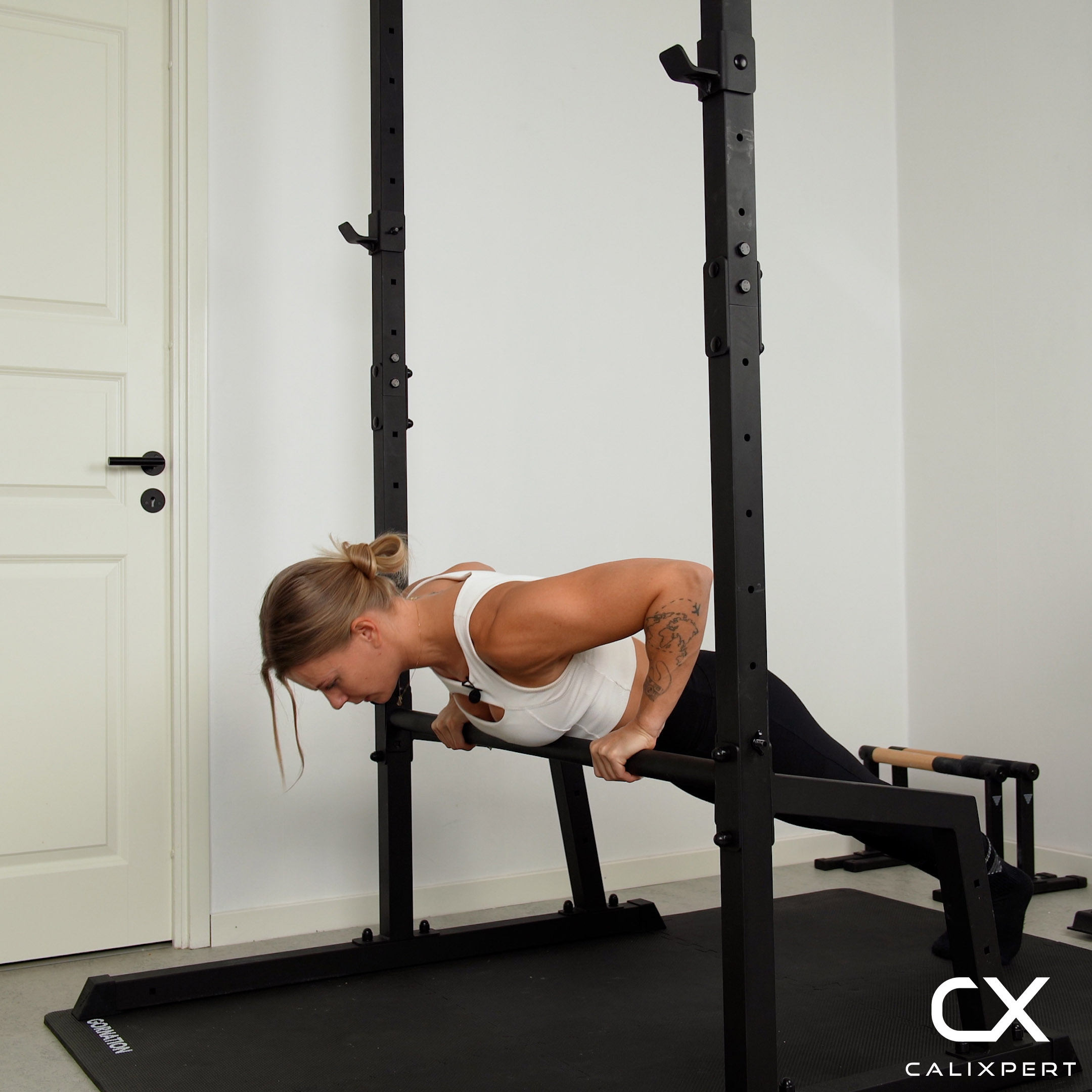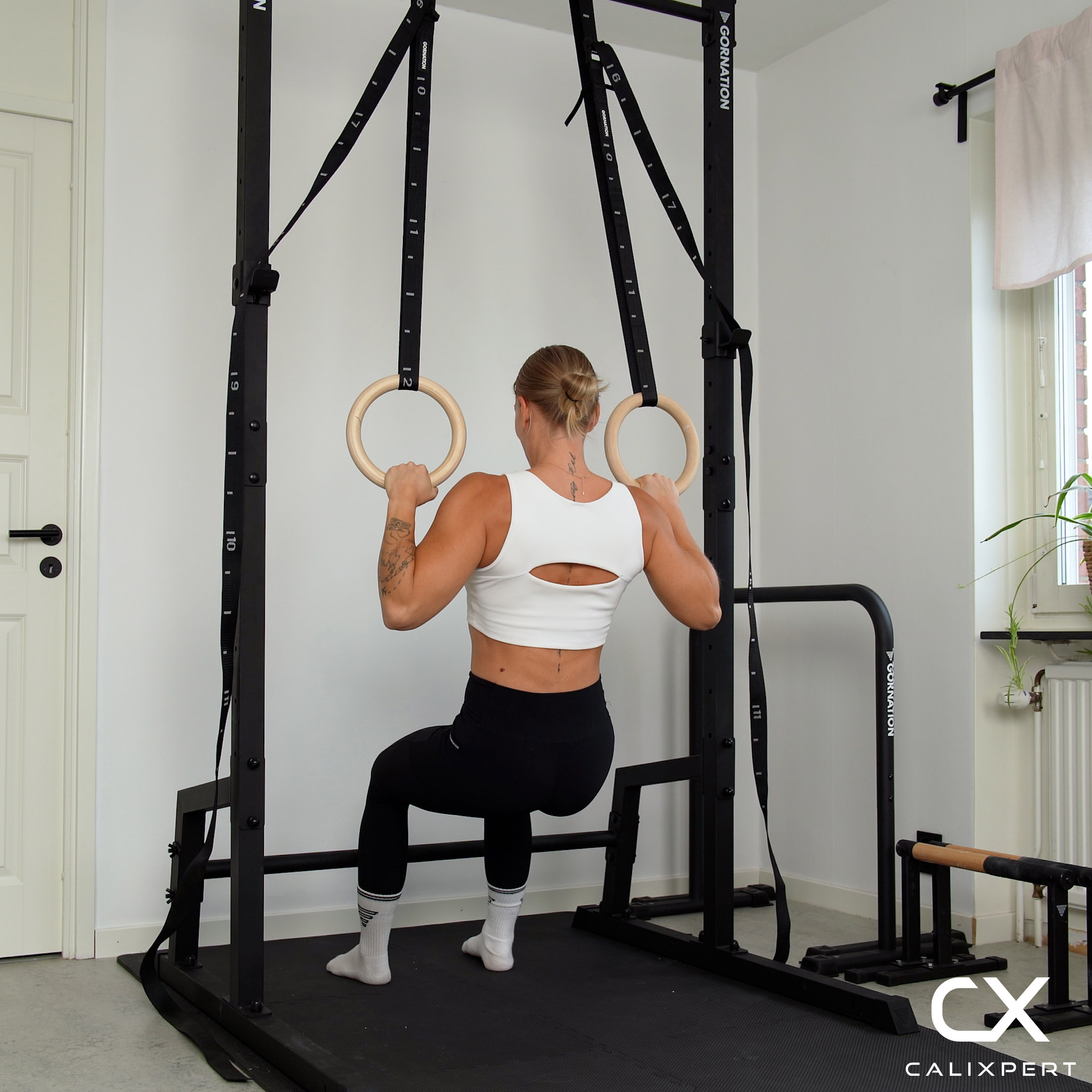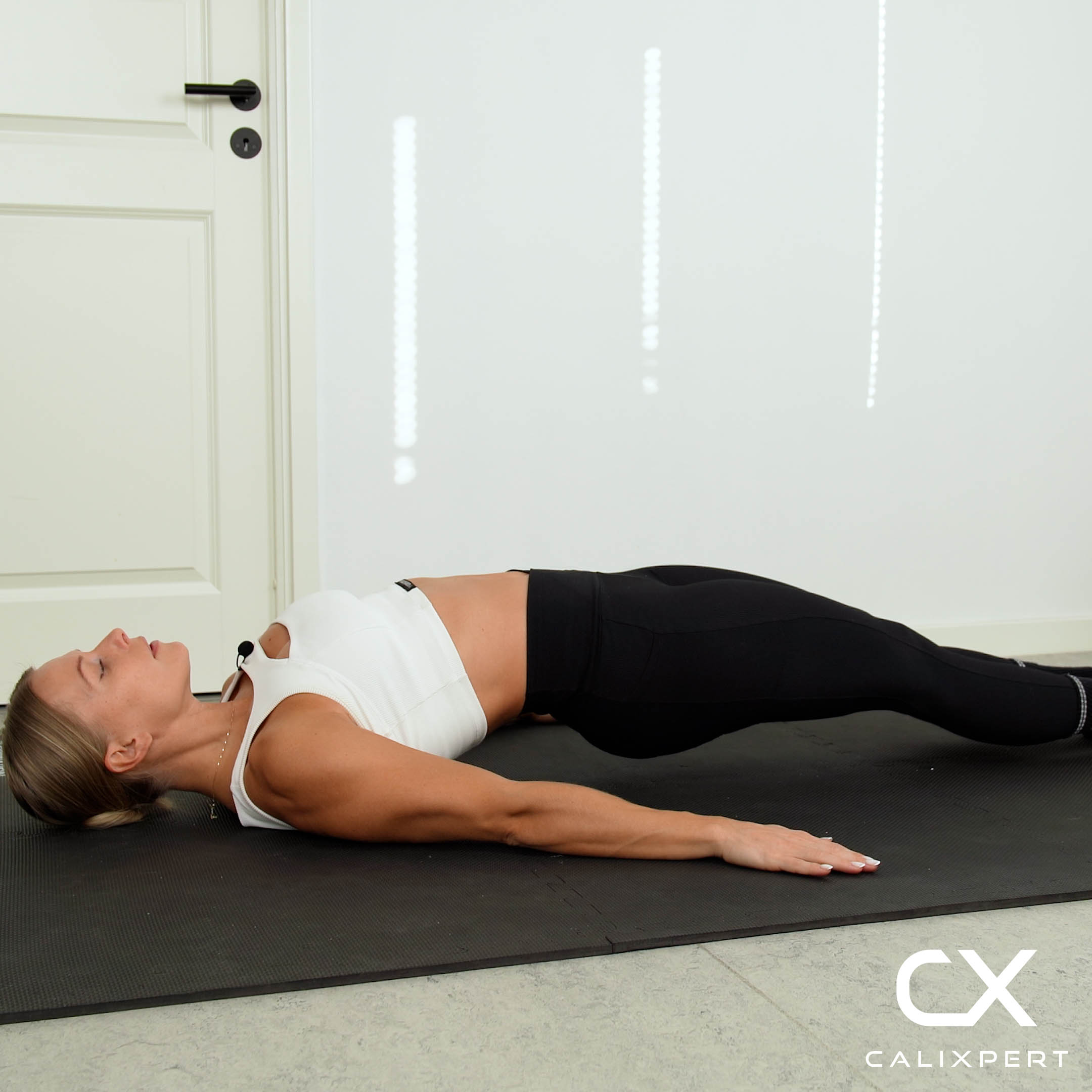How to Do Downward Dog To Arch
The Downward Dog to Arch is a dynamic yoga flow that combines the classic Downward Dog pose with a backbend arch. This exercise enhances flexibility, strengthens the core, and improves overall body awareness. Focus on smooth transitions and maintaining proper alignment throughout the movement.
Step By Step Guide to Properly Execute Downward Dog To Arch
- Starting Position
- Begin in a plank position with your hands shoulder-width apart and feet hip-width apart. Engage your core and ensure your body forms a straight line from head to heels.
- Execution
- Push your hips up and back into the Downward Dog position, forming an inverted V-shape with your body. Keep your arms and legs straight, and press your heels toward the ground.
- Top Position
- From Downward Dog, shift your weight forward, arching your back as you lower your hips and lift your chest into an upward-facing position. Keep your arms straight and shoulders away from your ears.
- Lowering Phase
- Reverse the movement by lifting your hips back up into Downward Dog, maintaining control and fluidity in the transition.
Benefits of Downward Dog To Arch
- Improves flexibility in the spine and shoulders.
- Strengthens the core, arms, and legs.
- Enhances balance and coordination.
- Promotes relaxation and stress relief.
Common Mistakes to Avoid
- Avoid collapsing your shoulders; keep them engaged and away from your ears.
- Do not rush the transitions; focus on smooth and controlled movements.
- Ensure your core is engaged to prevent lower back strain.
- Avoid locking your elbows; keep a slight bend to protect your joints.
Follow these steps and tips to master Downward Dog To Arch with proper form and efficiency.
FAQ About Downward Dog To Arch
To make your transition from Downward Dog to Arch smoother, think of it like a fun dance move. Start in Downward Dog, then slowly lower your hips and lift your chest, like you're making a big rainbow with your body. Practice moving slowly and smoothly, and remember to breathe. The more you practice, the easier it gets. Keep it fun and enjoy the process.
When moving from Downward Dog to Arch, don't rush! Keep your hands and feet steady on the ground. Avoid letting your back sag or your head drop. Keep your tummy tight and move slowly to keep your balance. This helps you stay strong and safe!
To make the Downward Dog to Arch transition smoother, focus on strengthening your core, shoulders, and back muscles. Core strength provides stability, while strong shoulders support weight transfer. Back muscles help with arching. Incorporate exercises like planks, shoulder presses, and back extensions into your routine for improved strength and flexibility.
To increase flexibility for an easier Downward Dog to Arch transition:
- Stretch the shoulders – Do wall stretches and puppy pose to open the shoulders.
- Loosen the spine – Practice cat-cow and cobra stretches for better mobility.
- Open the hips – Use deep lunges and hip flexor stretches.
- Improve hamstring flexibility – Incorporate seated forward folds and toe touches.
- Strengthen core control – Work on hollow body holds and slow transitions.
Consistent practice will help smooth out the movement.








.webp)






































.webp)





















































